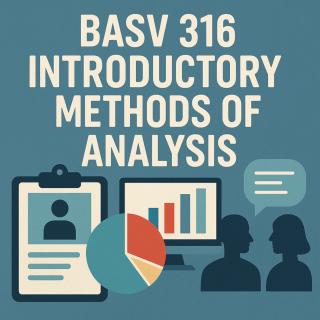

This podcast explores sampling, the process of selecting a subset of individuals to learn about a larger population. The hosts outline three critical stages of sampling: defining the target population (who you want to study), establishing a sampling frame (who you can actually reach), and selecting the actual sample using appropriate methods.
The conversation distinguishes between probability sampling (where everyone has a known chance of selection) and non-probability sampling (where selection isn’t based on chance). The hosts describe specific probability techniques including simple random, systematic, stratified, cluster, matched pair, and multistage sampling, along with non-probability approaches like convenience, quota, snowball, purposive, and expert sampling.
The episode addresses statistical concepts related to sampling including sampling distributions, confidence intervals, and determining appropriate sample sizes. The hosts emphasize that understanding how samples were selected is crucial for evaluating research findings, noting common biases that can undermine the value of research results.
This podcast was generated using NotebookLM.